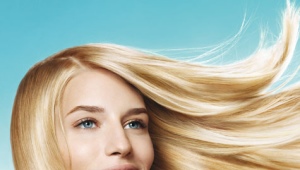Indian henna
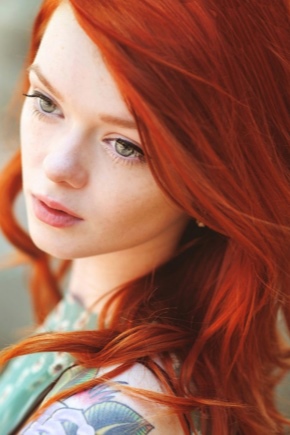
Those who like to change their hair color, but at the same time prefer natural dyes, are probably familiar with Indian henna. In addition to its organic origin, many are bribed by its therapeutic and preventive properties, as well as a variety of shades and a relatively low price.
Initially, henna was used in India as a remedy. This perennial shrub called lavsonia non-thorny (from the leaves of which henna is obtained) was widely used in the healing of wounds, burns, to relieve pain and itching. An indispensable remedy for many skin diseases, Indian henna was also widely used in the treatment of migraine, stomatitis, and back pain. The powerful disinfectant properties of lawsonia are still used in the treatment of surgical sutures, cuts, and for the treatment of many chronic skin diseases that are difficult to treat.

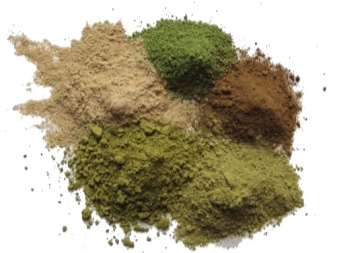
Over time, lavsonia began to be used as a means for coloring. The upper stems with young leaves, which have the most coloring properties, were used for the production of fabric dyes and body tattoos. Ground into a fine powder, these leaves turn silk and wool a yellow-orange hue. And the entire lower part of the plant was used to make hair dye.
At the same time, it is important to place the henna powder in a vacuum immediately after grinding, otherwise it tends to lose its useful and coloring qualities very quickly.
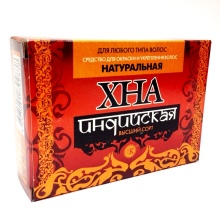


Peculiarities
Henna is undoubtedly the leader in its beneficial properties among all other hair dyes. Together with a new rich color, you get shiny, thick hair that will noticeably increase in volume, become more elastic and healthier. And with regular use, you can easily get rid of dandruff and hair loss.
But even here it is important not to overdo it - the paint contains rather aggressive acids that open the hair scales and act on the rod itself, as if loosening it. Therefore, with too frequent dyeing, the hair can become dry and brittle, begin to split, it is harder to comb it after a shower. It is enough to dye your hair twice a month so that the benefits of henna do not turn into harm to your hair.
This natural, vegetable dye does not mix well with other chemical and synthetic dyes. For example, applying henna to recently bleached hair can lead to completely unexpected and unpredictable results - ranging from orange, blue to deep green.
The same applies to the reverse option - after staining with a natural dye, chemical paint may lie unevenly, and the color may turn out to be non-uniform.
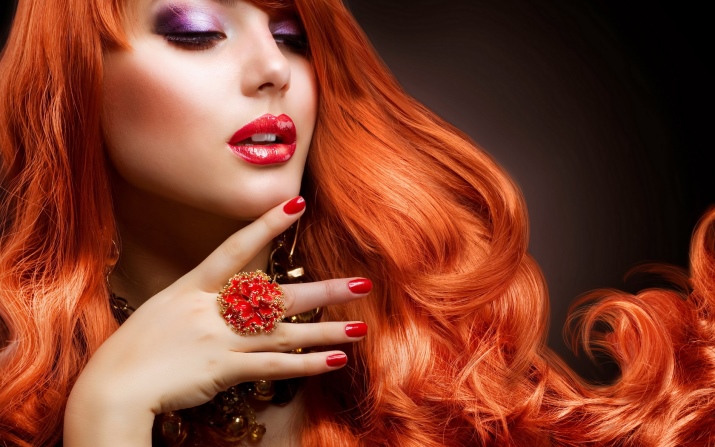
Shades
On the shelves of shops you can find not only Indian, but also Iranian henna. But it was the Indian one that earned its love from customers due to the variety of shades. Using henna from Iran, you can only achieve red and copper shades, i.e. to get a different color, you will have to add additional components.The Indian version has a richer palette of colors. In addition, by easily mixing them together, you can get new and unusual colors, smooth iridescent transitions of shades that look different in the sun and in the shade. Agree, not even every chemical paint can boast of such qualities.
There are several basic colors of Indian henna: black, gold, burgundy and brown. By correctly observing the proportions and mixing them together, you can get new colors, such as light brown, mahogany, chestnut and others. Depending on the original hair color, you can change their shade by one tone or radically change the color and get a rich and deep color.

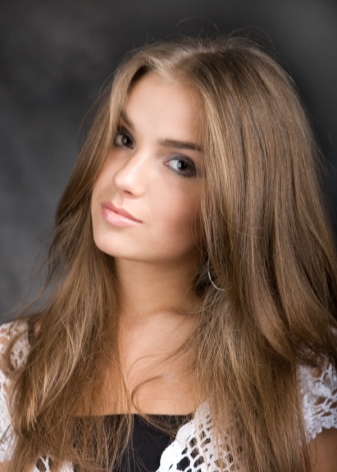
Black
This type of henna is adored by brunettes and brown-haired women. Indeed, depending on the selected proportions, you can get a blue-black, bronze or dark chestnut shade. Black henna is obtained by mixing red henna and indigo powder (or the more common name - basma) in equal proportions. Basma is also a natural dye, ground indigo plant. This grayish-green powder is in no way inferior to the Indian counterpart in terms of useful properties. But you also need to be careful with it, especially for those with gray hair, since basma can dye them burgundy or even green. That is why it is better to use it for dark-haired girls, and the more basma, the darker the shade will turn out.
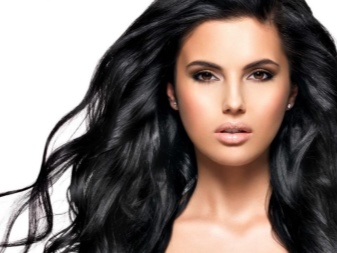

brown
An excellent choice for owners of light brown hair. Using this shade of Indian henna, you can both slightly emphasize your natural hair color, and get rich reddish-golden shades: from slightly reddish to deep chestnut.


Golden
This option is only suitable for those who naturally have blond or light blond hair color. Blondes with this shade should be careful, because we remind you that henna behaves unpredictably on previously bleached hair. Therefore, it is worth checking on a separate strand behind the ears or in the back of the head. In addition, having tried even once to dye your hair with golden henna, it will not be easy for a blonde to return to the original color.

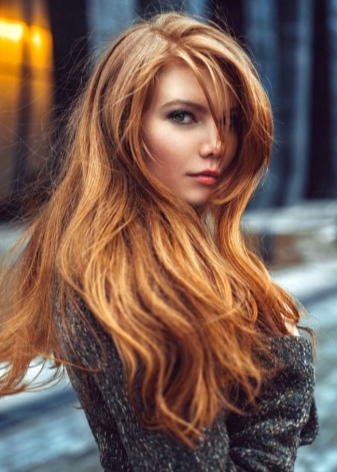
Burgundy
This shade of the world famous alcoholic drink is not suitable for every color type. For example, on dark hair, it can be almost invisible, and blond hair can become too bright, acidic. But with skillful use, you can get a deep cherry color with a copper sheen or golden highlights.


Which is better to choose?
In addition to the usual Iranian and Indian henna, Turkish henna should also be mentioned. Although it does not have the same bright colors as the others, it is in no way inferior in quality to the same Indian one. But it is the Indian one that is easiest to use, since it has the finest grinding, so it is easier to apply and rinse off.
In each of the three options, you can find a separate subspecies - this is colorless henna. Unlike the usual one, this dye will not change your hair color, but with regular use it will help restore their structure, heal the scalp and even eliminate dandruff. Literally after one or two masks, you will notice the effect: the hair will become softer, more elastic, dryness and irritation will disappear. If before that you had a bad experience with dyeing or too aggressive perm, with the help of colorless henna you can restore your hair.In this case, the visible effect after the course will last up to three to four months.

Also, a noticeable plus of colorless henna is that it can also be used for the face - masks based on it noticeably rejuvenate the skin and relieve any inflammation, herpes, bruises and boils. By the way, colorless henna can be successfully used to strengthen and restore eyebrows and eyelashes. If you want to give them expressiveness, you should pay attention to black henna. It has long been successfully used to color eyebrows in a variety of shades, ranging from dark resin to slightly gray, just to emphasize the shape. You can buy such paint both in powder, and dilute it yourself, or buy a ready-made, professional one.


Also, Indian henna can be used to draw temporary tattoos on the body. The paint based on it lasts only a few weeks, so this tattoo will not have time to bother you. They are sold in cone packs, so they are immediately ready for use.

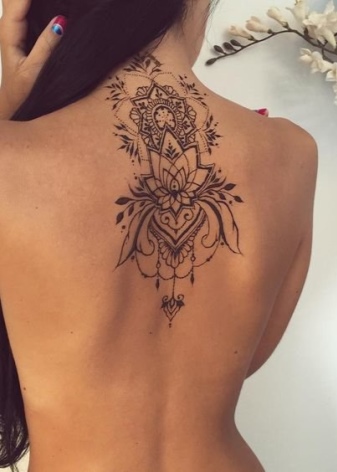
How to paint?
As already mentioned, Indian henna is much more convenient to use than Iranian or Turkish. Thanks to very small fractions, this paint is easily diluted with hot water without forming lumps. The method of application at home is no different from the usual manipulations with paint: dilute two or three bags of Indian henna in a bowl (one is enough for eyebrows) to the consistency of thick sour cream, and apply to clean, damp hair, starting from the back of the head and gradually moving to the forehead. Of course, it is better to put on makeup at home with gloves, covering your shoulders with a towel.
There is an opinion that after dilution with water, henna should be allowed to brew: someone leaves for half an hour, and someone - all night.This, of course, is not a postulate, everything is individual, and henna is exactly the paint with which you can safely experiment. In the same way, by adding various additional components to the paint - lemon, beetroot juice, cocoa, herbal decoctions, you can not only enhance the benefits for the hair, but also get a new shade. In general, this is a fertile field for lovers of something new and unusual.
After applying the mixture, to create a greenhouse effect, you can wrap your head with polyethylene and cover with a towel.

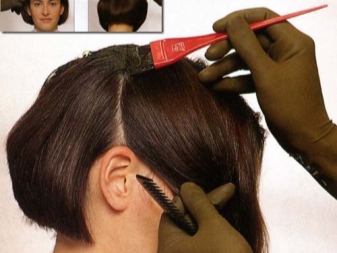
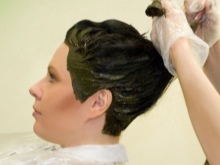
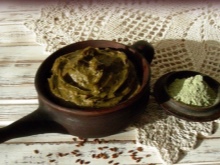
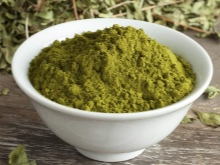
How much to keep?
The time of dyeing depends on many factors - the initial state of the hair, their color, the type of henna and more. For example, for blondes to get a reddish tone, it is enough to hold henna on their hair for 10-15 minutes. For brown-haired women, this procedure will drag on for 2.5-3 hours. Any deviation in time can lead to unexpected consequences. For example, if you overexpose the paint, then instead of the expected healthy and strengthened hair, you can get lifeless and dry strands. And not holding the necessary time, hair color may not change at all. Again, there is an opinion that for the best effect, henna should be left on the hair all night.
But this controversial belief is only suitable for especially daring experimenters.
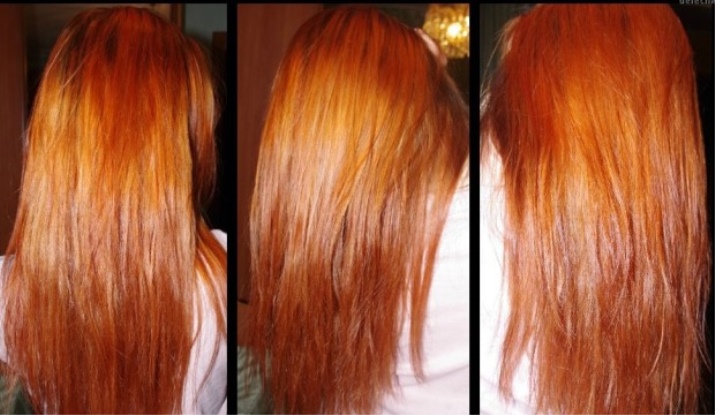
Reviews
To all who doubt the benefits of Indian henna, we suggest reading a few reviews of women who have been using it for more than one year.
- Regular use of Indian henna allows you to get rid of gray hair. Hair became more well-groomed, alive.
- I have been painting with henna and various paints based on it for a long time, since my hair does not tolerate industrial paints. The process is fascinating, because. You never know what color you will end up with.But, like everyone who prefers henna, I have already got used to its surprises and love it dearly for the natural care of my hair.
- I have heard about Indian henna for a long time (I used to use Iranian henna), but it is not so easy not to find it. Having decided to buy, I realized why there are so many rave reviews about it. Firstly, using it is much more pleasant and faster than usual, and it is washed off without any problems at all. Secondly, the color is really juicier and richer.
So anyone who wants to not only change their hair color, but also treat their hair, should pay attention to Indian henna.


For more information about Indian henna, see the video below.




























